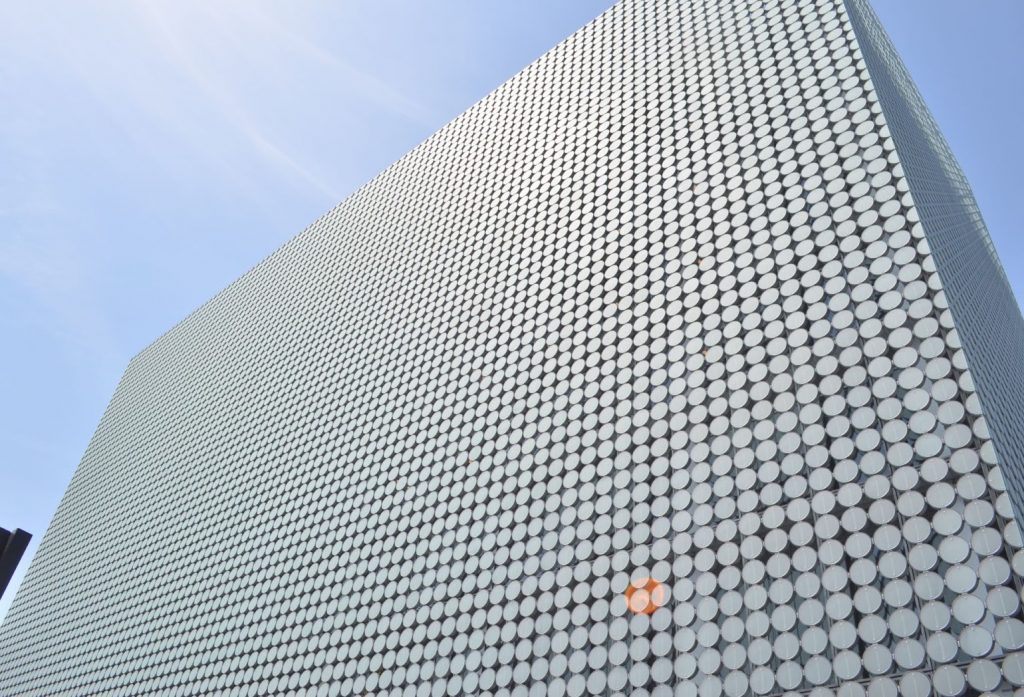As industries adopt more sustainable practices to meet decarbonisation goals, a new report explains how companies can benefit from the strategic use of galvanized steel.
A built environment based on circular economy principles – sometimes called “circular construction” – could generate $773 billion in direct economic benefits over twenty years for Australia, according to PwC. It could also prevent the construction industry from generating more than 3.6 million tonnes of CO2 per year by 2040. That’s a significant amount for a sector that contributes about eight per cent of Australia’s total greenhouse gas emissions.
It’s in this context that the Galvanizers Association of Australia (GAA) is making the publication Galvanized Steel and Sustainable Construction: Solutions for a Circular Economy available to Australian audiences. Written by the European General Galvanizers Association (EGGA), the report details the challenges of circular construction and presents case studies that explain the role galvanized steel can play in achieving it.
Circular construction is the shift away from building with a single-lifetime mindset, towards finding ways for infrastructure, products and raw materials to exist across several lifetimes. As outlined in the EGGA report, one way to capture this is through a five-step lifecycle for construction components.
- Make: Create components that are highly durable and have a long design life.
- Use: Design and implement components in such a way that limits the need for extensive replacements and maintenance.
- Reuse: Once a structure is decommissioned, find new functions for its components.
- Remake: If a component is no longer suitable for immediate reuse, prioritise addressing its issues and putting it back into service over creating a new component.
- Recycle: Once the above options are exhausted, scrap components for raw materials and use them to make new products.
Galvanized steel works well in this framework. Galvanized coatings are durable, resistant to climatic changes and follow the steel structure through multiple cycles of reuse. After their initial design life, galvanized steel components can be “remade” (i.e. re-galvanized) and returned to active use. Finally, If the structure is no longer needed, the zinc and steel can be recycled together in processes that can return the zinc back to production plants. Estimates suggest that a full 30 per cent of zinc produced globally is derived from recycled or secondary zinc.
Of course, circular construction is only a part of sustainable construction. Reducing total carbon emissions, including during any remaking or recycling of components, is also important. As the EGGA report explains, reducing the need for maintenance has a pronounced effect on this.
The report refers to a study on how a paint coating (EN ISO 12944) and hot dip galvanizing (EN ISO 1461) compared in a steel car park life cycle assessment. Use of the latter resulted in a saving of 57 tonnes of CO2 achieved over the 60 year life of the car park. Hot dip galvanizing also performed better across a range of other sustainability impacts, including resource consumption, eutrophication and the greenhouse effect.
To maximise sustainability and truly achieve circular construction, structures should be designed with a view to what future functions they may have and how they can be more simply dismantled and decommissioned. Relying on durable construction materials that fit well into a circular construction framework, such as galvanized steel, is a good place to start.
To get a better idea of how galvanized steel can help your firm achieve circular construction, you can download the EGGA report from the GAA website.

